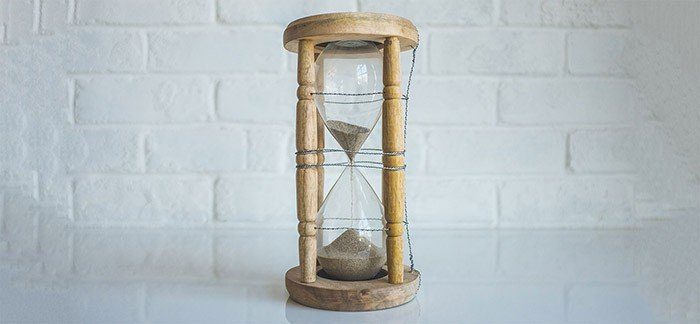How Term Conversions Work

What are the benefits of a term conversion?
You maintain the original health rating from the term policy when you convert, even if you have developed health issues that would normally raise your rates on a new policy or make you uninsurable.
You can decide when and how much of the coverage to convert–as long as it’s before the conversion expiration date.
You can start building cash value with the new permanent policy.
It provides life insurance coverage for your entire lifetime.
Why does this conversion option matter?
Less than 1% of term life insurance policy owners convert their policies. Most people only need term life insurance and the premiums are very expensive when you convert so most choose not to. But for the 1% of people that do convert, those increased payments are worth it.
As mentioned earlier, when you convert a term policy into a permanent policy you are not underwritten again a.k.a. you do not need to prove you’re still insurable. The ones who do convert are people who suddenly find themselves with a shortened life expectancy and likely would be deemed uninsurable if they tried to apply for more life insurance coverage.
These individuals have loved ones that they don’t want to leave suffering under the weight of medical bills and funeral costs. Imagine owning a 20-year term life insurance product and finding out you have an incurable disease just a year or two before your life insurance policy is about to expire. With a conversion option, you could turn that term policy into a permanent policy ensuring that the insurance company writes your family a death benefit check.
The death benefit from a life insurance policy won’t bring you back and it won’t heal the emotional suffering, but it can help ease any financial pain that would have occurred as the result of your sudden death. Yes, the premium payments increase drastically when you convert, but if your time on this earth is limited then the cost is likely worth it.
When you apply for term life insurance on Quotacy.com you will be able to see if the product has a conversion option before you even apply. Most of the insurance companies Quotacy works with do include a conversion option on their term policies—free of charge.
Are there alternatives to converting?
A term life insurance policy doesn’t provide coverage forever. If you want more life insurance coverage, there are alternatives to converting.
Buying a New Policy
Depending on your age and health, if your term policy is set to expire soon, you may be able to buy a new term life insurance policy.
To buy a new term life insurance policy, you’ll have to go through the underwriting process again, but chances are you’ll save a lot of money with this option compared to converting.
Laddering Policies
You may need term life insurance for different financial obligations. To save money, you can choose to buy multiple term policies that expire at different times.
Example of Laddering Life Insurance Policies
Todd, 35, wants life insurance to protect his family’s finances. He wants to make sure the death benefit can replace his income, provide for his children’s college, and allow his spouse to pay the mortgage.
Todd wants to have at least one million dollars in coverage to start but needs less later in life as his children get older and his mortgage loan decreases.
He decides on the following three policies:
Policy #1: 30-year $275,000 term life insurance policy
Monthly premiums = $23
Lasts until Todd is 65 years old
Policy #2: 20-year $750,000 term life insurance policy
Monthly premiums = $29
Lasts until Todd is 55 years old
Policy #3: 10-year $500,000 term life insurance policy
Monthly premiums = $15
Lasts until Todd is 45 years old
Compare to Todd buying one 30-year $1,525,000 term life insurance policy for $95 per month.
Renewing Your Term Policy
Most term life insurance policies give you an option to renew your coverage at the end of the term. Like the conversion option, you do not need to prove you’re insurable in order to renew.
To renew your coverage another year, you need to pay a much higher premium. And every year you choose to renew, the premium increases yet again.
However, for someone who learns they have a terminal illness but their term policy is set to expire soon, the renewability option can be life-saving for their family.
Renewing may be a better option than converting if your life expectancy has suddenly decreased and you only have a year or two left to live.
Summary
If you’re considering converting your term policy into a permanent policy, these are the essential things to know.
Whatever risk class you were approved for when you purchased the term policy, you keep when you convert, even if your health has deteriorated.
Your current age will be considered when determining your new permanent policy’s pricing, unless you opt for original age and pay a lump-sum.
Your policy premiums will be more expensive when you convert into a permanent policy.
Some insurance carriers require a minimum amount of coverage to be left on the original term policy if you are doing a partial conversion.
Each life insurance carrier has their own restrictions regarding when you can convert. For example, some carriers don’t let you convert within the first five years, some only let you convert within the first twenty years, and some will let you convert at any time.
Life insurance carriers set a maximum age for when you can convert. For most carriers, this age is either 65 or 70.






